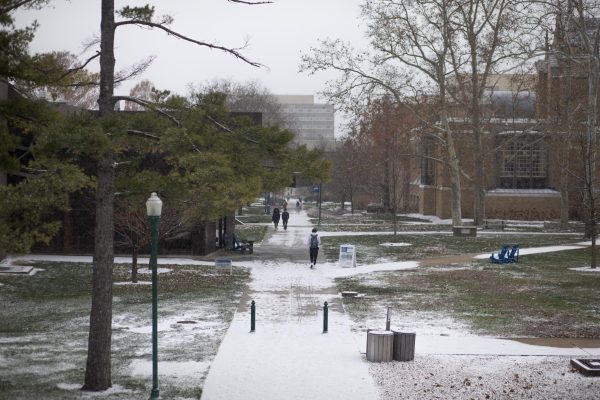
On Sunday, a tongue of cold air from northwest Canada slid into the United States, putting Charleston in the midst of a polar vortex.
The Arctic air will cause temperatures to drop below zero Wednesday morning, bottoming out at negative 4, according to the National Weather Service.
Some of the harsher models are showing temperatures as low as minus 10 or minus 12 degrees, said John Bumgardner, a National Weather Service meteorologist based in Lincoln.
“It’s really going to be a cold night,” said Bumgardner. “Fortunately, it doesn’t feel quite as bad without the wind, but still if your car breaks down at night, it could be dangerous.”
A polar vortex occurs when warm air from the equator climbs north, and cold air from Canada drops south, causing the jet stream—a narrow band of strong wind that has colder air above it and warmer air below it—to lose shape. This is what climatologists call a negative Arctic oscillation.
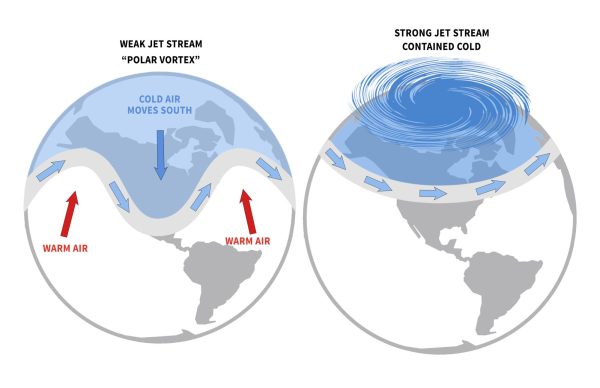
Warm air gets flipped up to northwest Canada and cold air gets pushed southeast into the states, according to Cameron Craig, a professor and climatologist at Eastern.
“So, while it might be, for example, negative 12 here in Charleston, it could be 45 in Fairbanks, Alaska,” Craig said.
The NWS issued a special weather statement warning against extreme cold. They also issued a hazardous weather outlook for central, east-central, southeast and west-central Illinois.
Eventually, the tongues of warm and cold air will weaken, and the jet stream will regain shape, forcing Charleston’s cold air back up to Canada. Craig expects that to happen by Friday.
Polar vortexes themselves are not a rare phenomenon. What is rare, according to Craig, is when temperatures dip below zero. Those types of extreme freezes are less common due to climate change.
“In spring, that means more pests,” said Craig. “More mosquitos, more ticks, more pests that pass around disease. The ground needs to be frozen for more than 6 inches for an extended period of time in order to kill the population [of pests.] The last time the ground was froze more than 6 inches was in 2011.”
In 2024, the ground froze about 2 inches deep according to Craig, but he predicts it won’t get much farther in 2025.
“So, we will still deal with ticks and mosquitos and all that wonderful stuff,” said Craig.
Aidan Cusack can be reached at 581-2812 or at atcusack@eiu.edu.









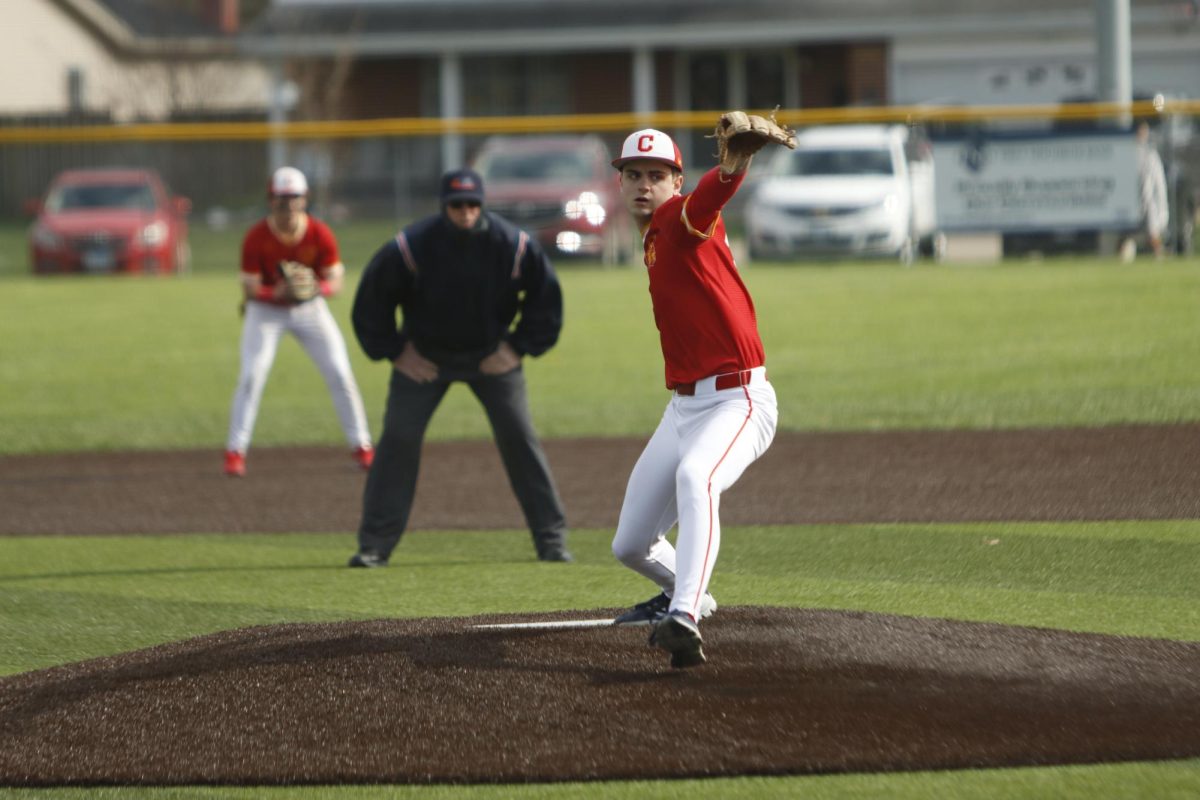






![[Thumbnail Edition] Senior Foward Macy McGlone, getsw the ball and gets the point during the first half of the game aginst Western Illinois University,, Eastern Illinois University Lost to Western Illinois University Thursday March 6 20205, 78-75 EIU lost making it the end of their season](https://www.dailyeasternnews.com/wp-content/uploads/2025/03/WBB_OVC_03_O-1-e1743361637111-1200x614.jpg)

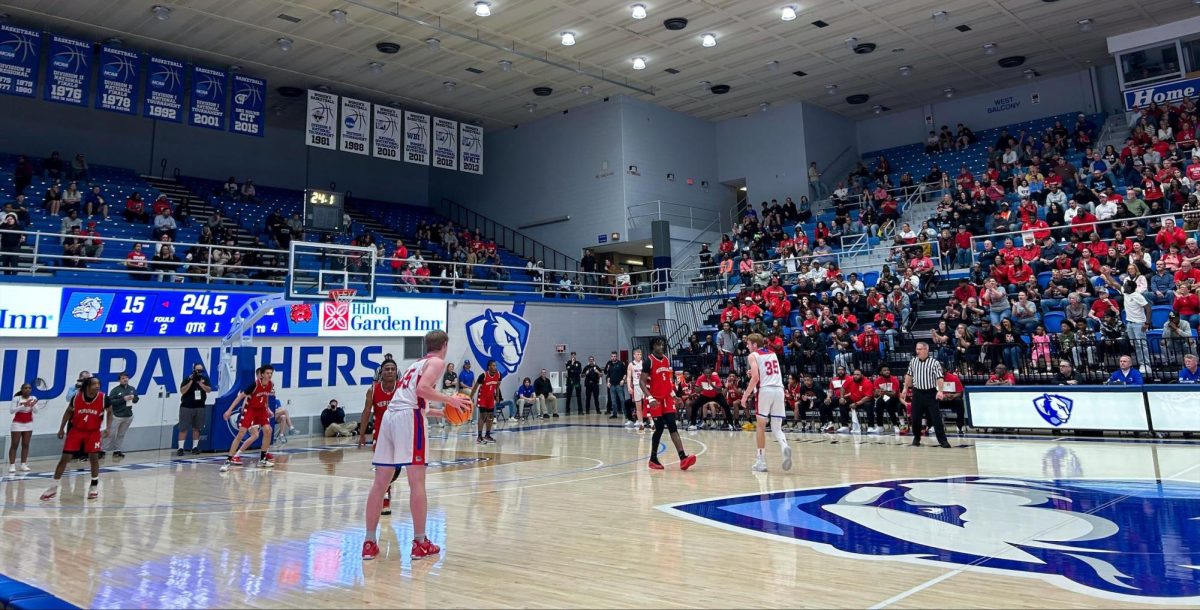




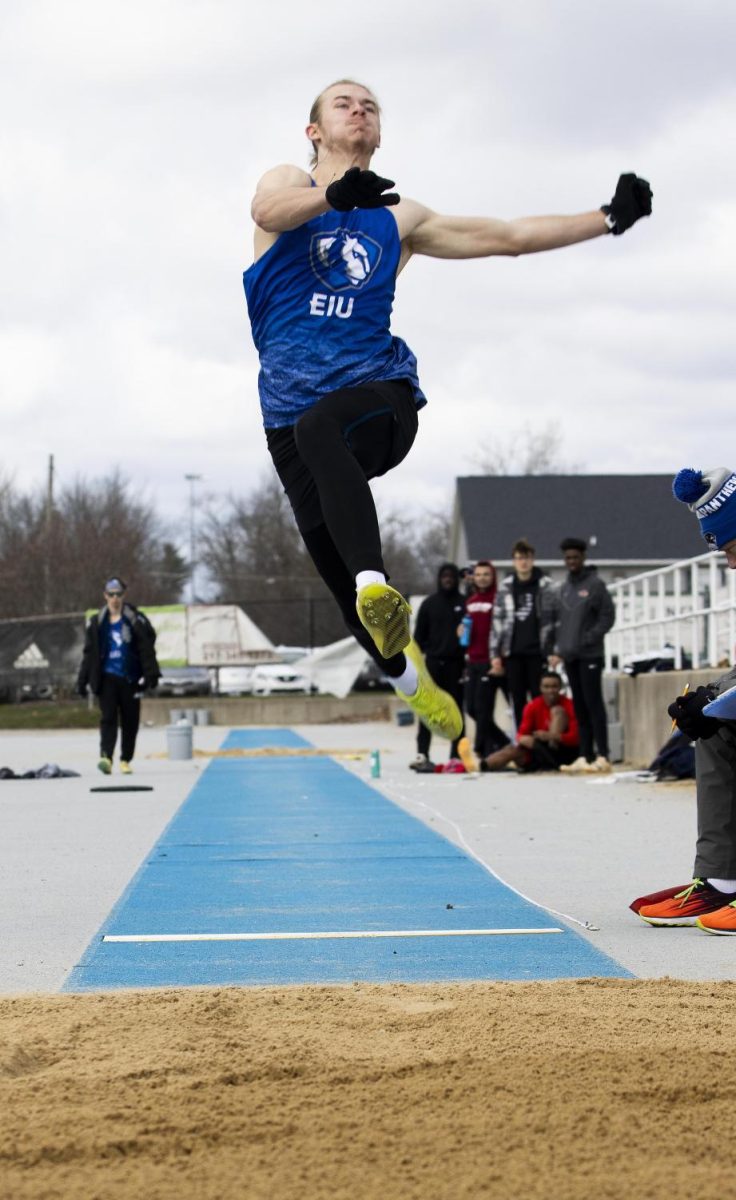
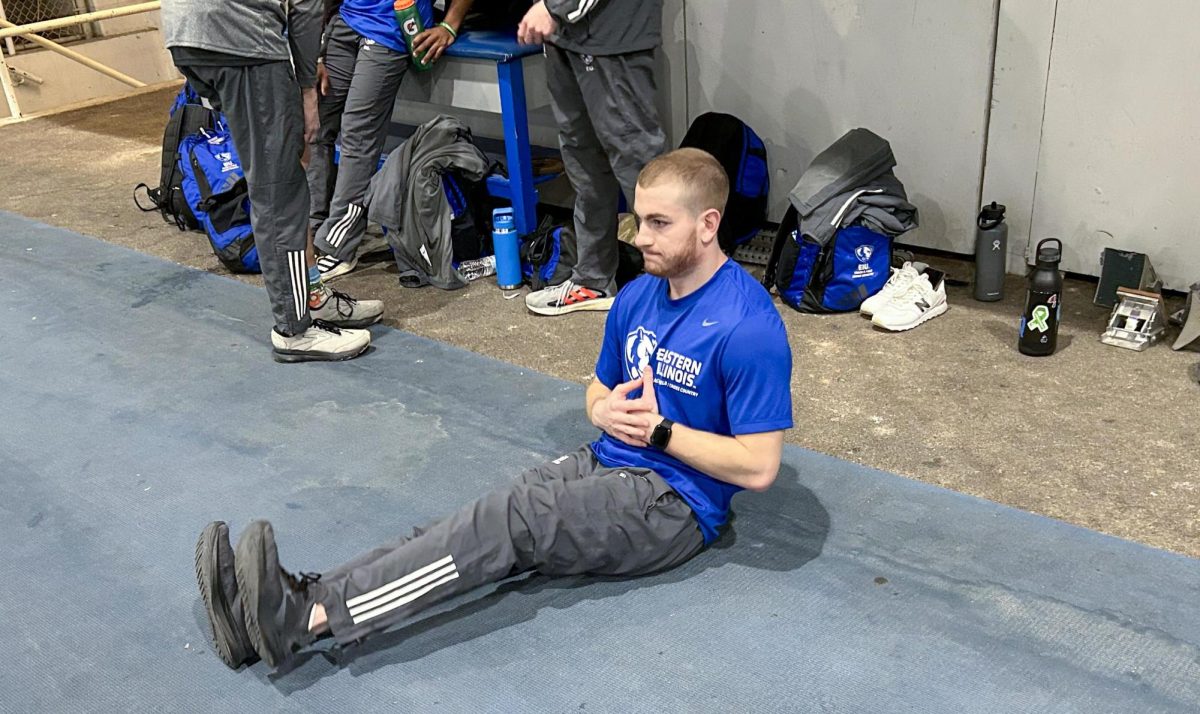







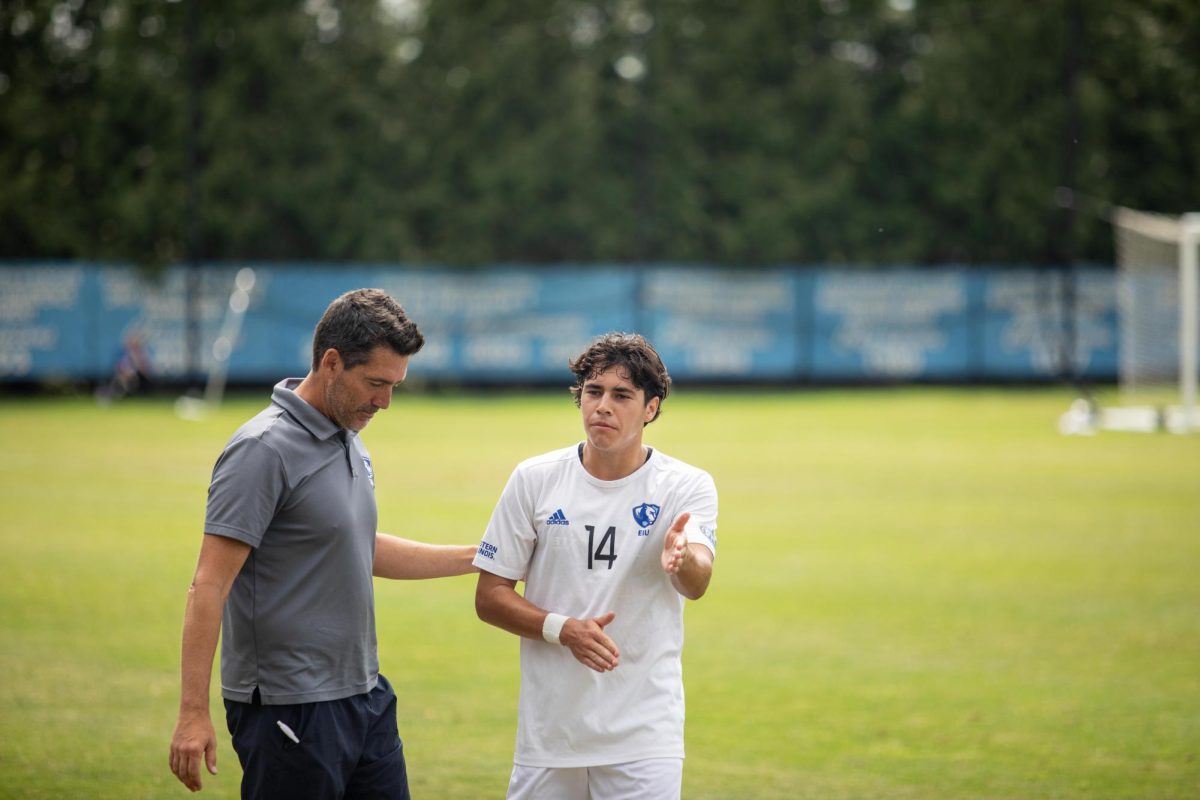
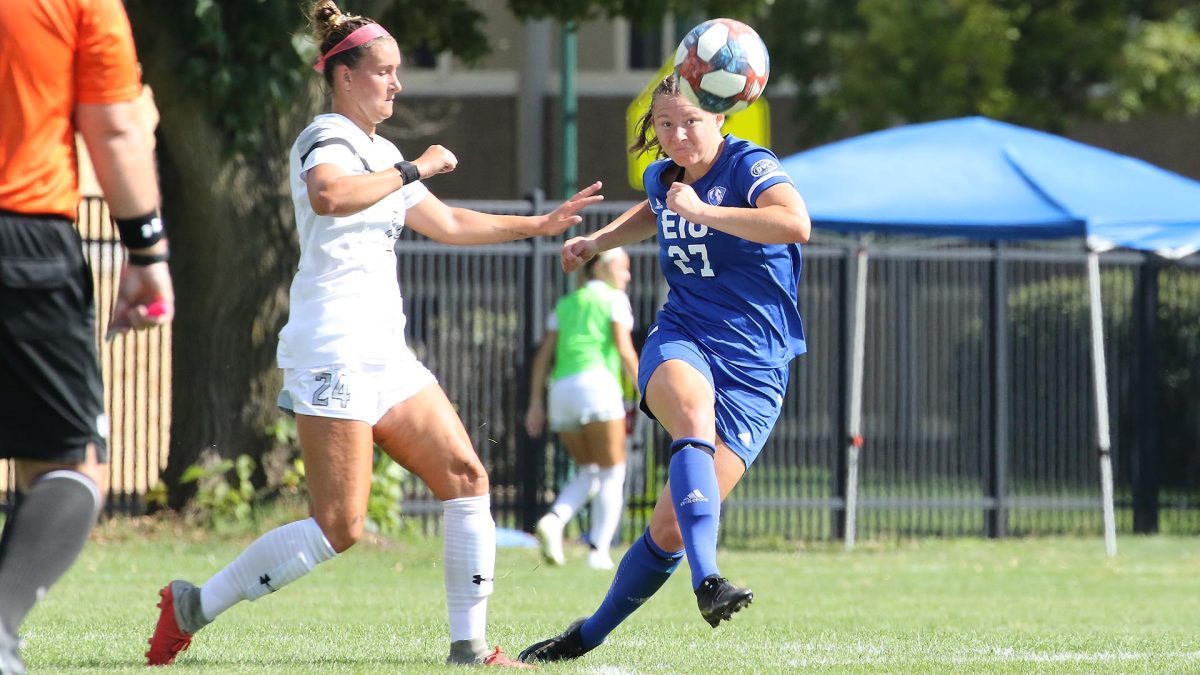
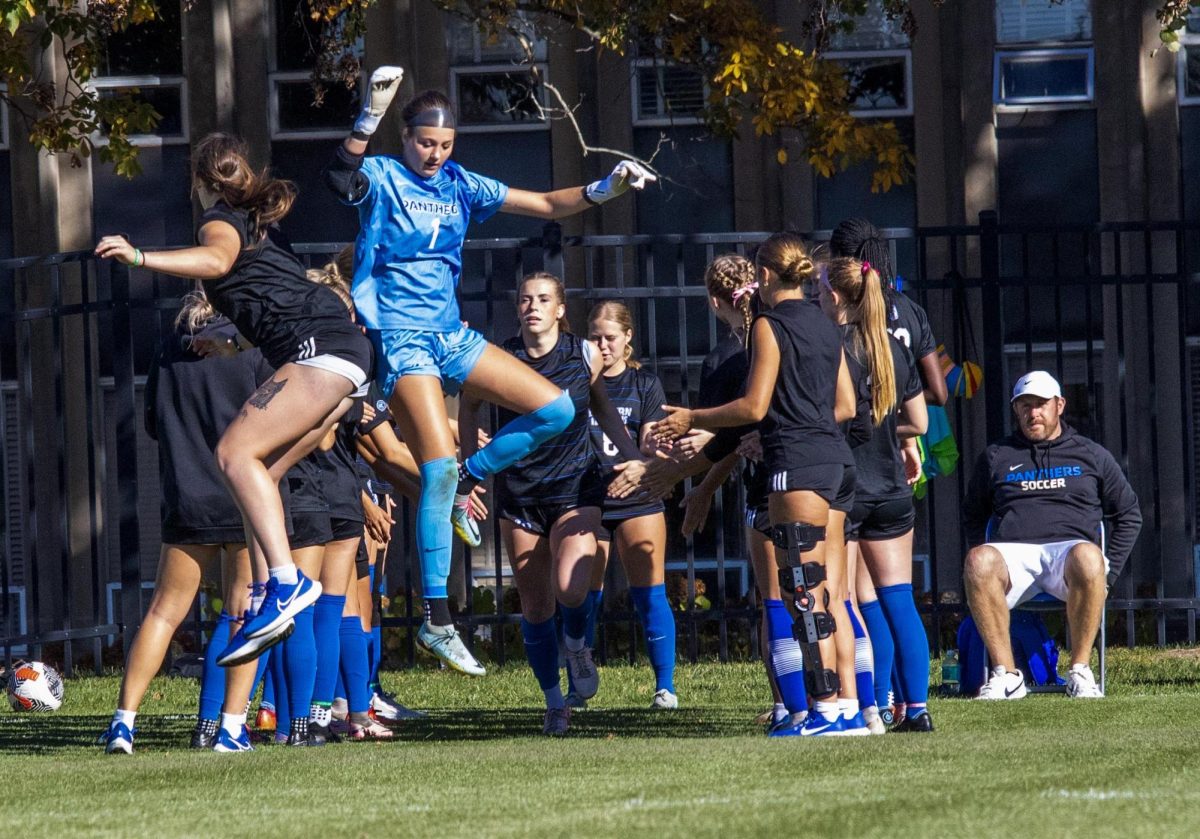




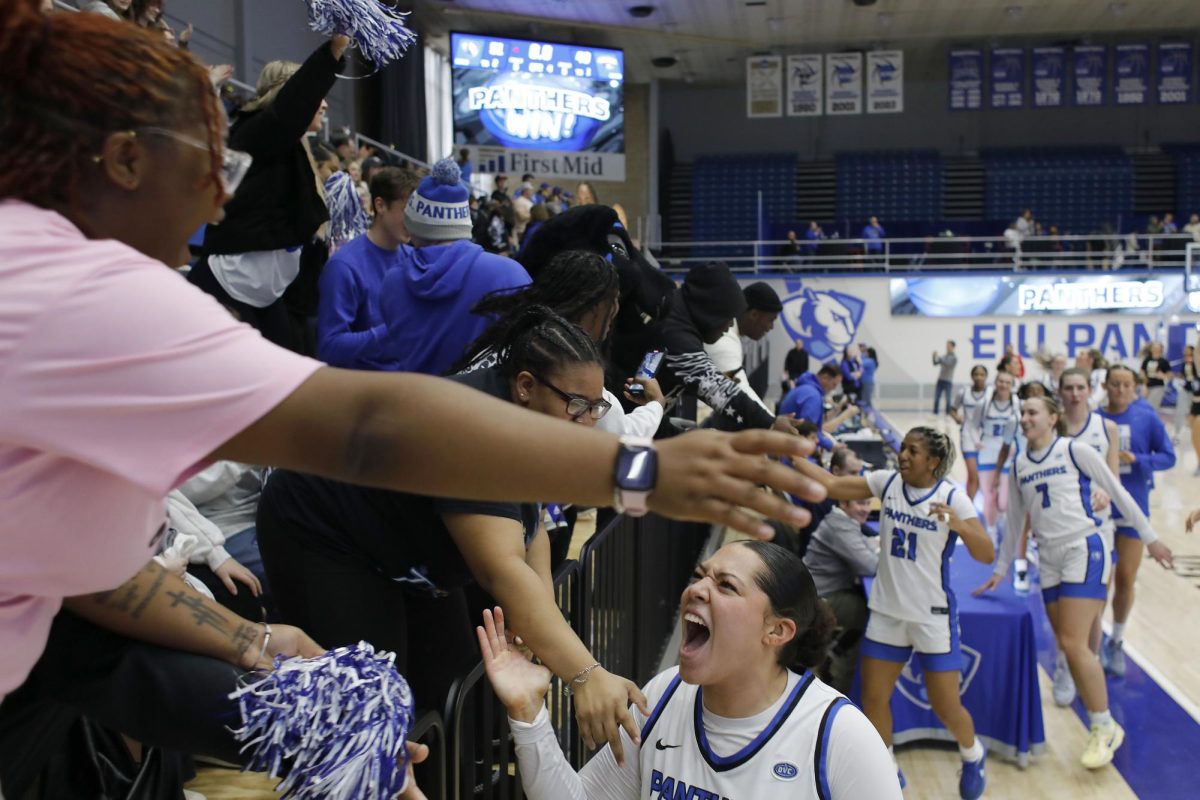

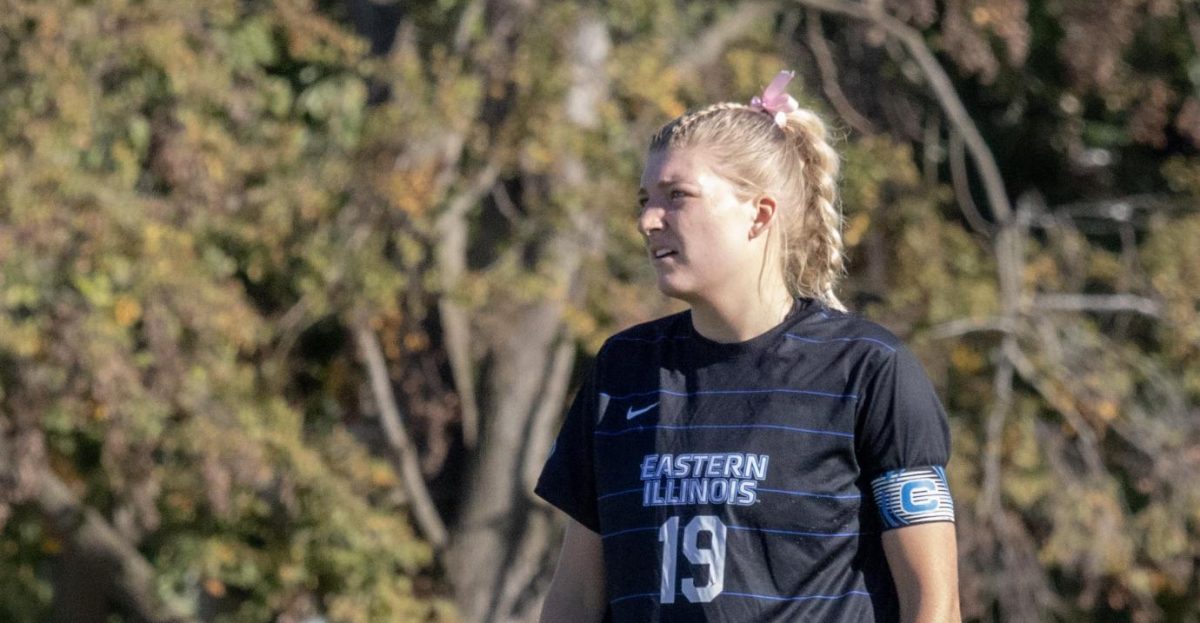


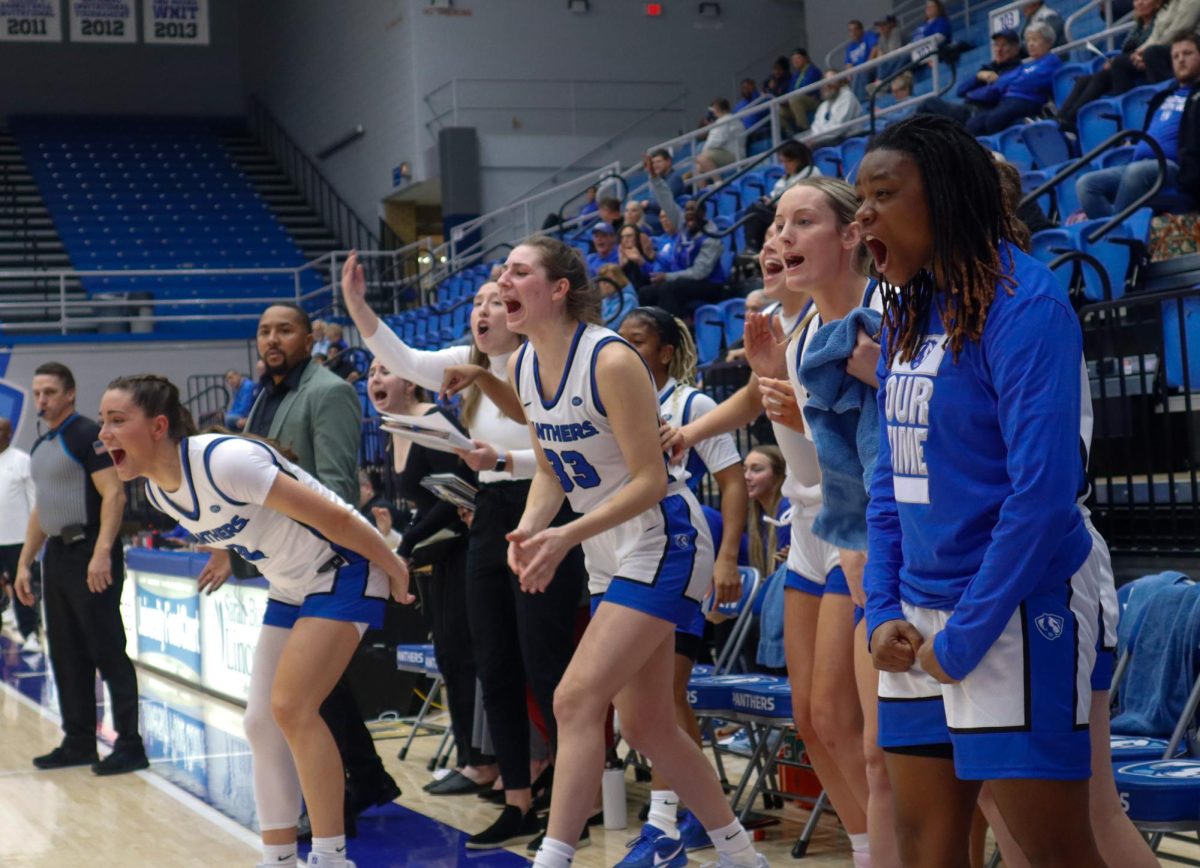




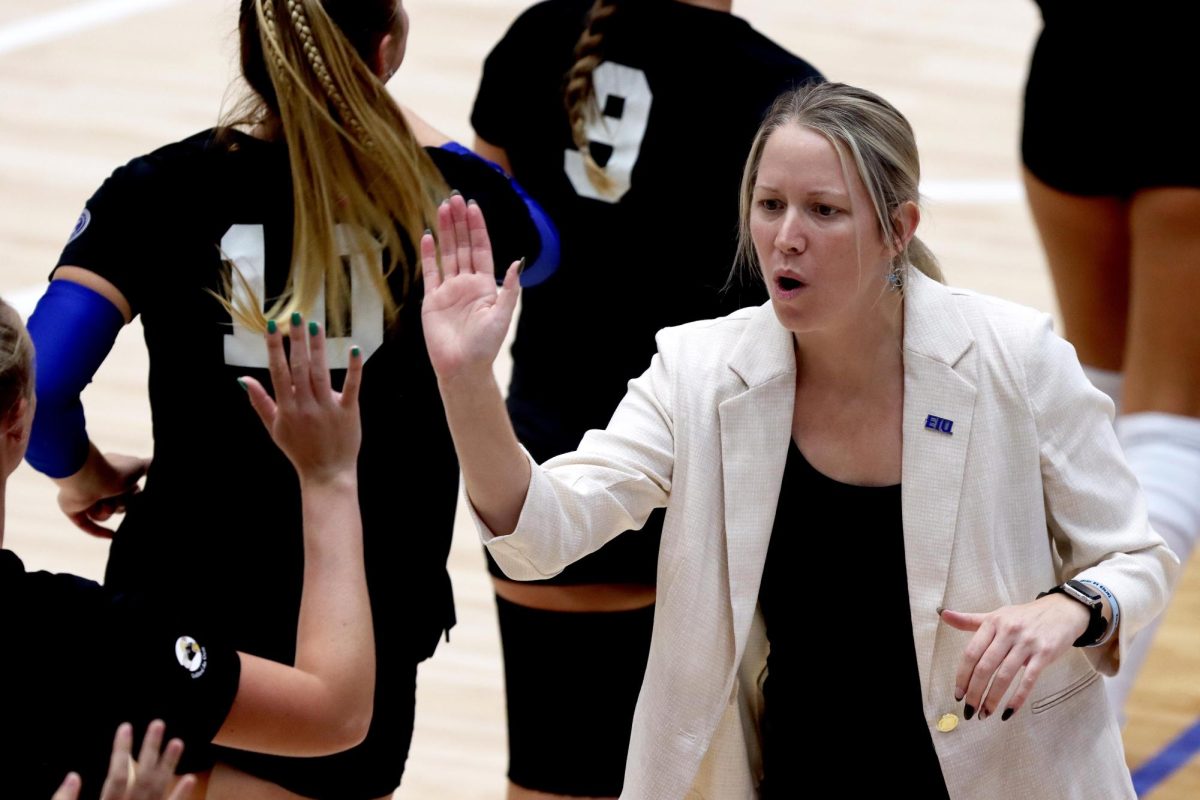













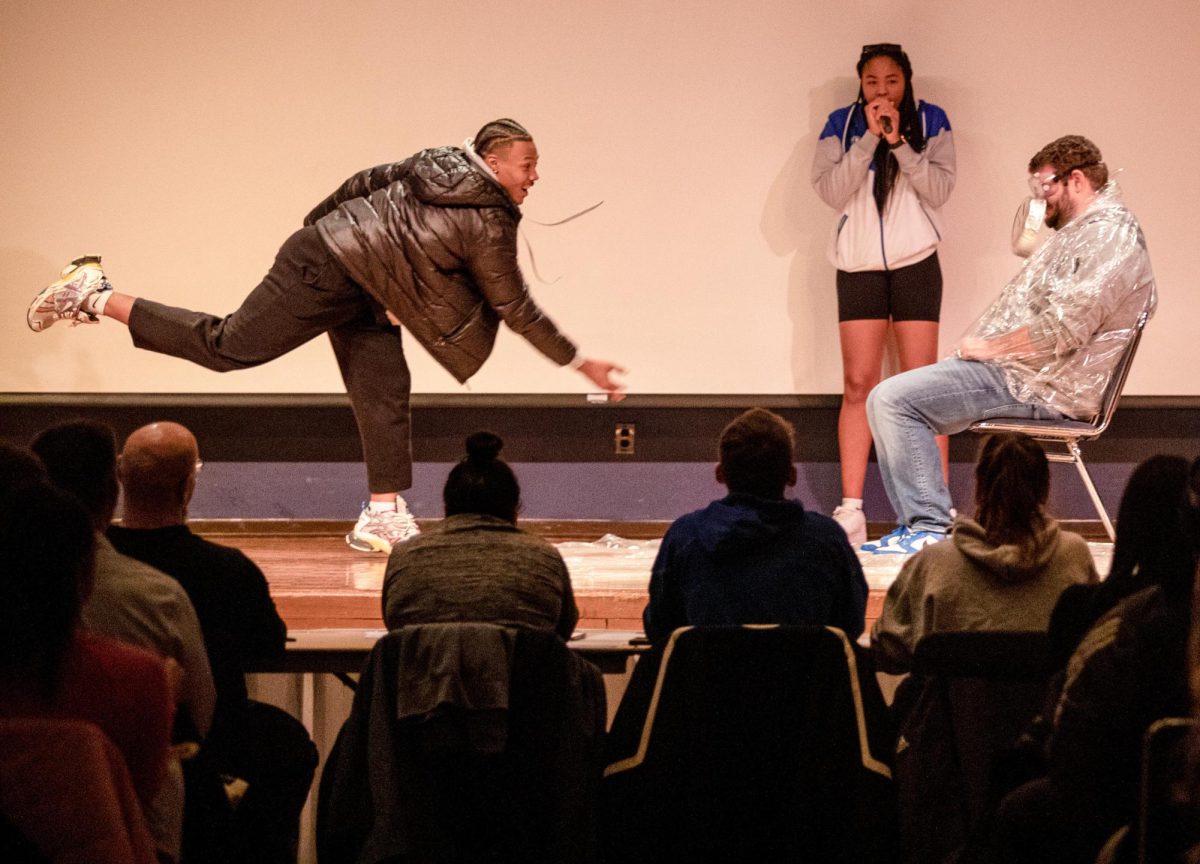




![[Thumbnail] Eastern's Old Main was quiet Thursday morning while educators who had left the office to strike picketed outside.](https://www.dailyeasternnews.com/wp-content/uploads/2025/04/Strike_01_LT_O-800x1200.jpg)





